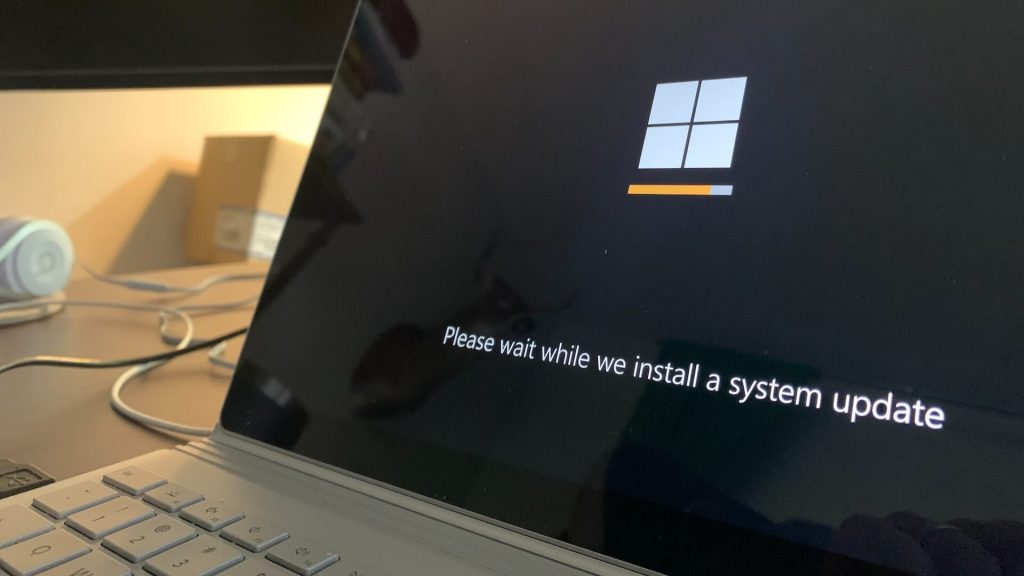In an era dictated by the relentless surge of digitalization, the world finds itself entwined within an intricate web of connectivity. Alongside this interconnectedness, however, looms the ominous shadow of cyber threats. Hacking, in its multifaceted forms, poses an ever-looming danger to our digital assets and sensitive information. To navigate this complex landscape, it becomes imperative to delve deeper into the strategies and methods for preventing and detecting hacking. This comprehensive guide is designed to be a beacon amidst the fog of cyber insecurity, illuminating the proven methods and nuanced approaches essential for fortifying our digital defenses against the relentless onslaught of hacking attempts.
Understanding the Threat Landscape
To defend against hacking effectively, comprehending the multifaceted nature of cyber threats is paramount. From the deceptive simplicity of phishing attacks to the highly sophisticated techniques employed by malware, hackers utilize an array of tactics to infiltrate systems. This section will delve into the anatomy of these threats, offering insights into their methodologies and objectives.
Fortifying Your Digital Perimeter

Strong Password Policies (Prevent)
Establishing stringent password policies forms the foundation of cybersecurity. Encourage the creation of complex, unique passwords for each account and enforce regular updates. This includes implementing measures like password length requirements, character variations, and avoiding common phrases or easily guessable information.
Two-Factor Authentication (Detect)
Elevate security measures by implementing two-factor authentication (2FA) across platforms. This involves an additional layer of verification, typically through a code sent to a mobile device or generated via an authenticator app. 2FA serves as a potent deterrent and an early detection mechanism for unauthorized access attempts.
Regular Software Updates and Patch Management

Timely Updates (Prevent)
Cybercriminals often exploit vulnerabilities present in outdated software. Regularly updating operating systems, applications, and security software is imperative. This includes not only software installed on devices but also firmware and embedded systems. Proactive updating ensures the closure of known security loopholes, strengthening the system’s resilience against potential breaches.
Patch Management Protocols (Detect)
Beyond the updates themselves, establishing a robust patch management strategy is crucial. Automated patch management tools streamline the process, ensuring the swift application of patches for known vulnerabilities. Regular audits and tracking of patch application ensure that potential security gaps are promptly identified and addressed.
Employee Training and Awareness

Cybersecurity Training (Prevent)
Human error remains a significant contributor to successful hacking attempts. Comprehensive cybersecurity training programs for employees are indispensable. These programs should cover various aspects, including recognizing phishing attempts, identifying suspicious links or emails, and adhering to security protocols. Real-life case studies and interactive modules can enhance the effectiveness of these training sessions.
Simulated Phishing Exercises (Detect)
Regularly conducting simulated phishing exercises within the organization helps gauge its susceptibility to phishing attacks. These exercises mimic real-world scenarios, allowing for the assessment of employee responses. They serve as an invaluable tool to identify weak points, tailor training programs, and foster a culture of heightened cybersecurity awareness.
Advanced Monitoring and Detection Systems

Intrusion Detection Systems (Prevent)
Robust intrusion detection systems (IDS) play a pivotal role in real-time monitoring of network traffic. These systems employ various methods, such as signature-based detection or behavioral analysis, to identify suspicious activities that may indicate a potential hacking attempt. They provide an early warning system, allowing for immediate responses to potential threats.
Anomaly Detection Tools (Detect)
Harnessing anomaly detection tools enhances the ability to identify irregular patterns in user behavior or network traffic. These tools employ machine learning algorithms to establish baseline behaviors and promptly detect deviations from the norm. Early detection enables swift investigation and response, mitigating potential security breaches.
Penetration Testing for Continuous Improvement

Regular Penetration Testing (Prevent)
Ethical hacking through regular penetration testing empowers organizations to proactively identify and address vulnerabilities before malicious hackers exploit them. This ongoing process involves systematically probing systems, networks, and applications for weaknesses. The findings from penetration tests inform crucial improvements in security protocols and infrastructure.
Incident Response Plans (Detect)
A well-defined incident response plan is essential for effective detection and containment. This plan should include a step-by-step guide outlining immediate actions to be taken in the event of a security breach. It should delineate responsibilities, communication channels, and steps for data recovery and system restoration. Regular drills and updates to the plan ensure readiness in the face of evolving threats.
Conclusion
In the dynamic symphony of our digital world, the resonance of cyber threats reverberates incessantly. Yet, within this harmonious cacophony, lies the symphony of cybersecurity measures—each note a proven method designed to fortify our defenses against hacking. Through fortifying digital perimeters, empowering our workforce with relentless education, and employing cutting-edge monitoring systems, we orchestrate a chorus of resilience that resists the cacophony of cyber threats.
Continuous improvement echoed in the refrain of regular penetration testing and a meticulously crafted incident response plan, serves as our crescendo—a crescendo that harmonizes with the evolving tactics of hackers. In this grand performance, safeguarding against hacking becomes more than a defensive act; it evolves into a transformative movement—a movement toward a future where our digital landscape stands fortified, resilient, and secure.
This guide, a testament to our dedication to the safeguarding of our interconnected realms, serves not just as a compendium of methods but as a clarion call to action—a call to embrace a proactive commitment to securing our digital future.

